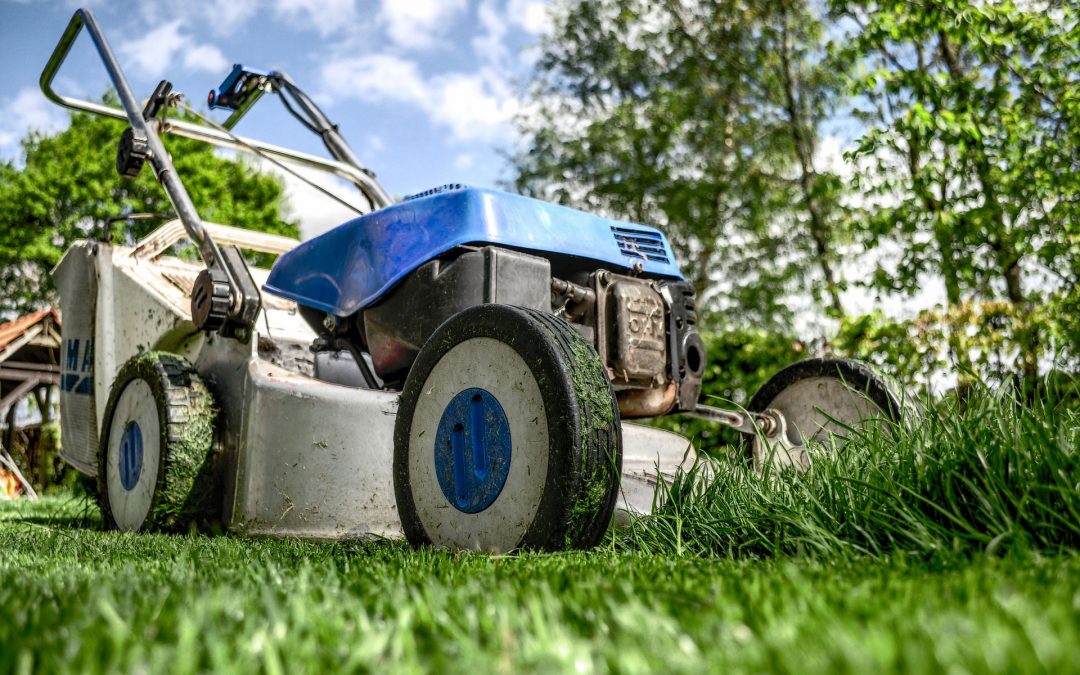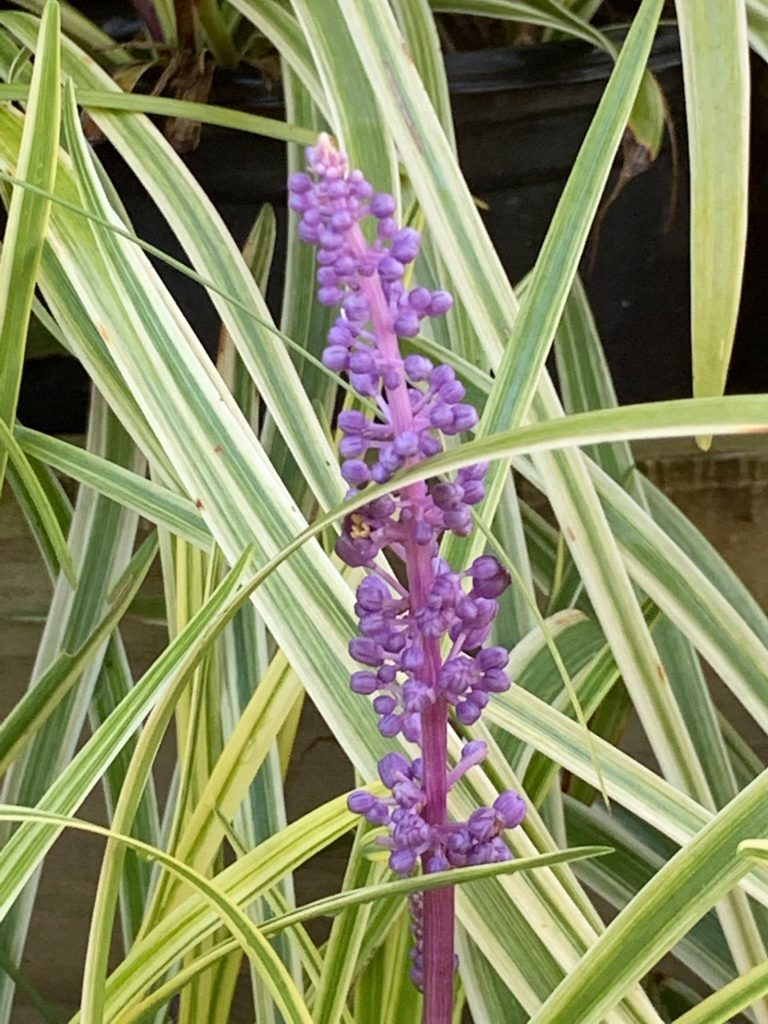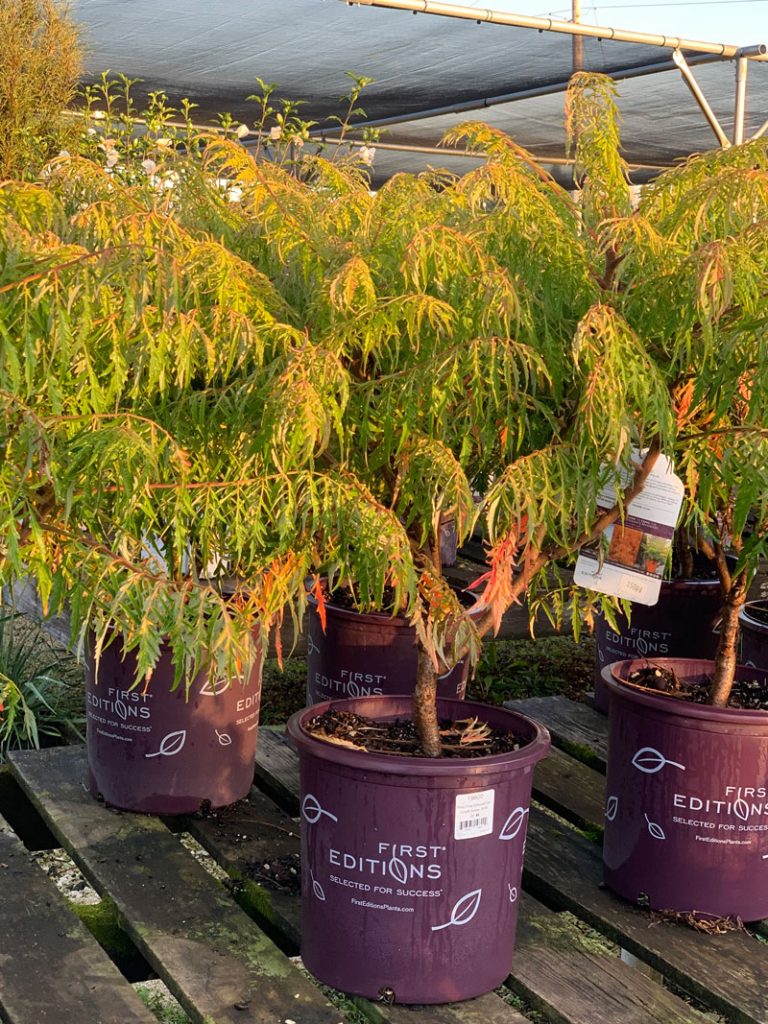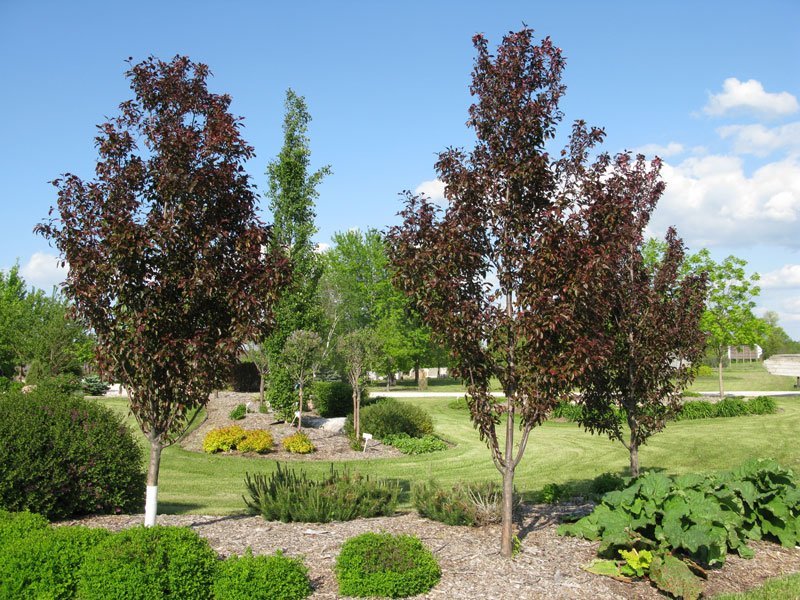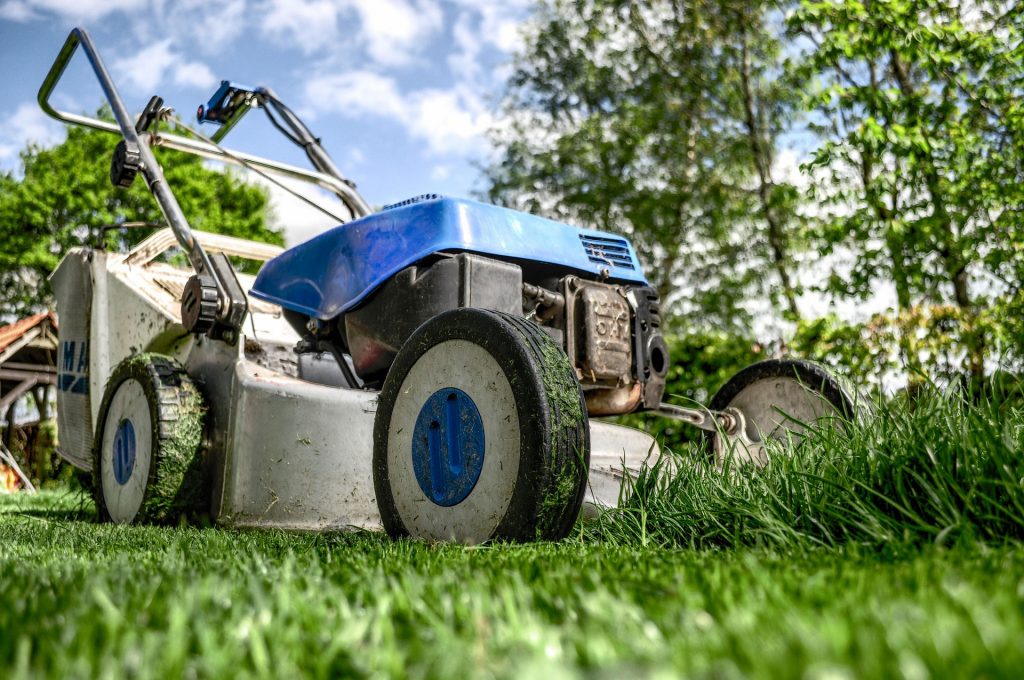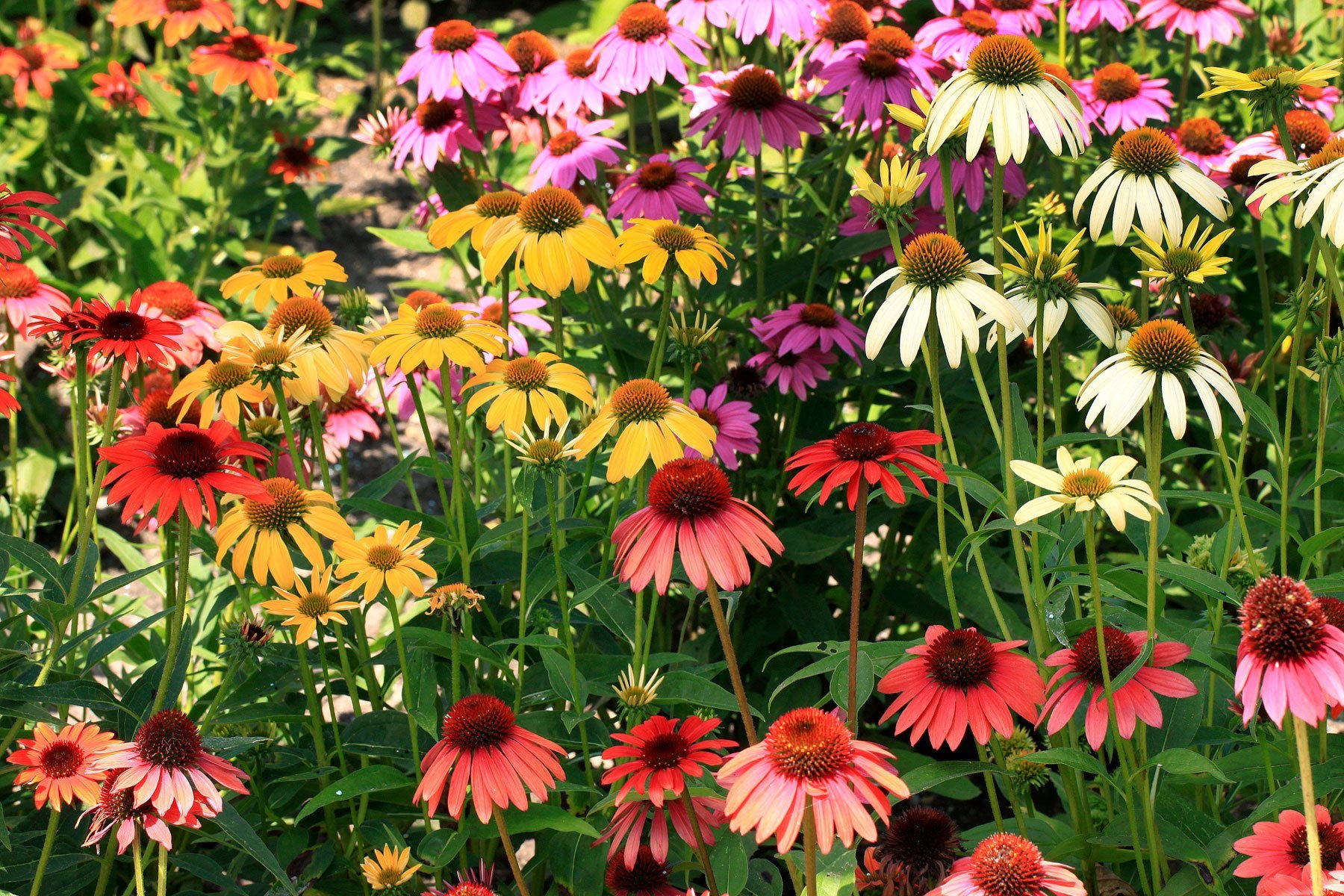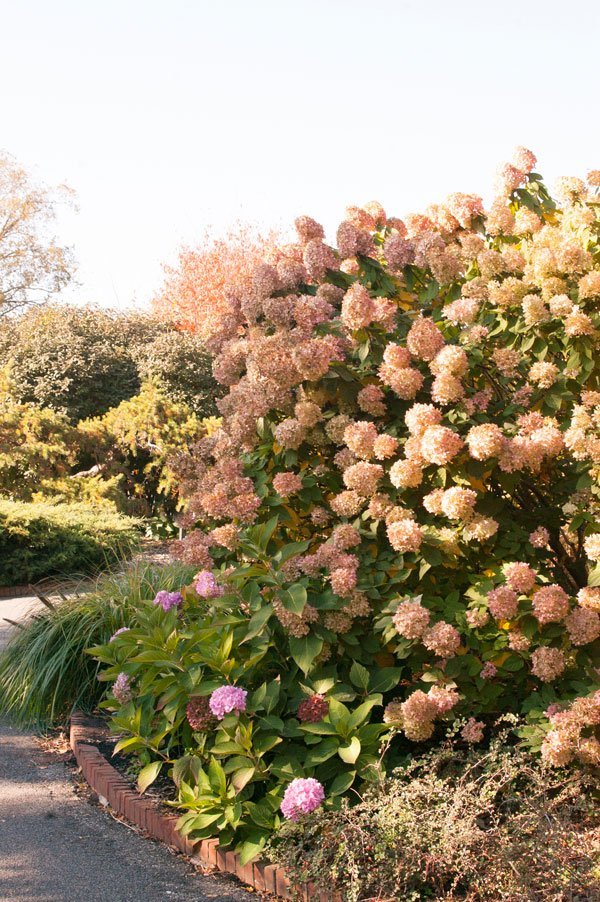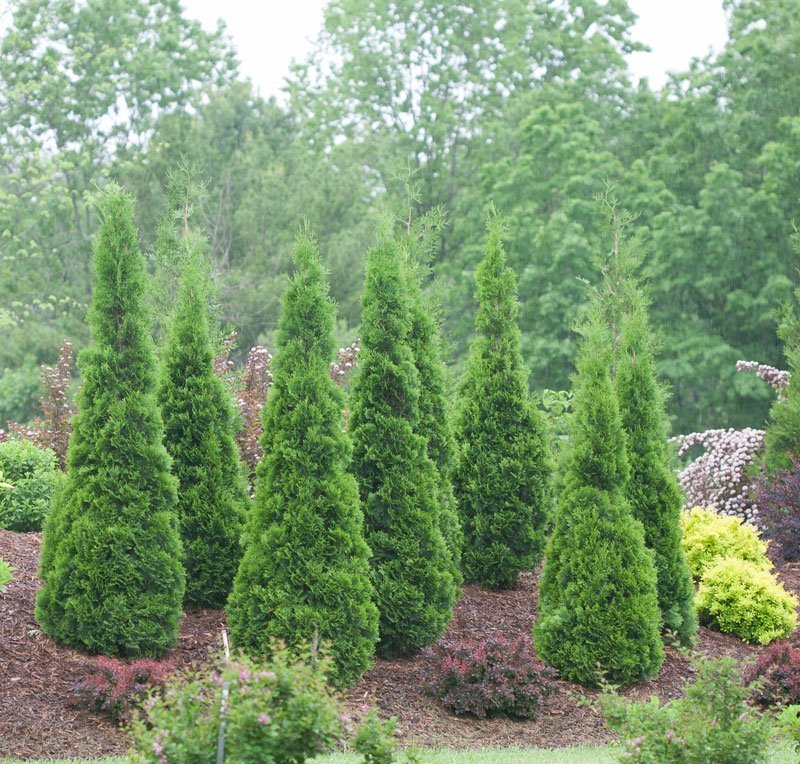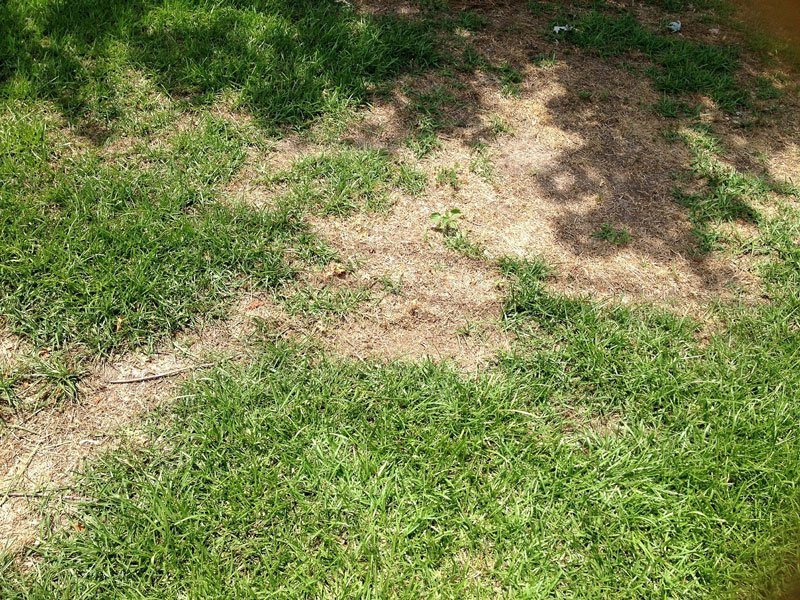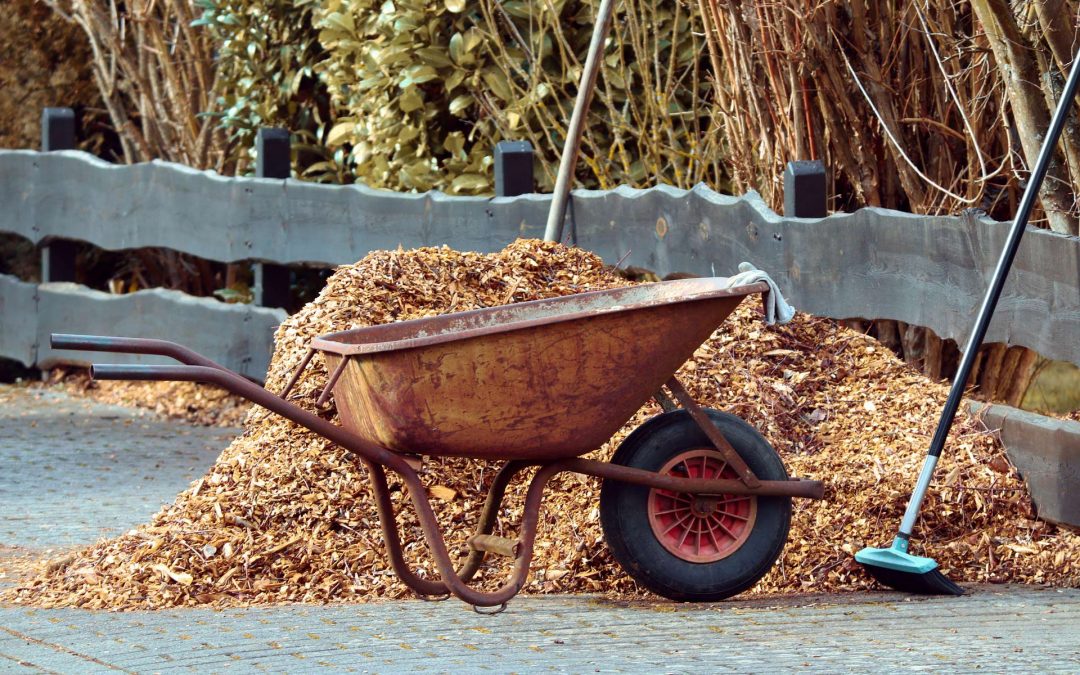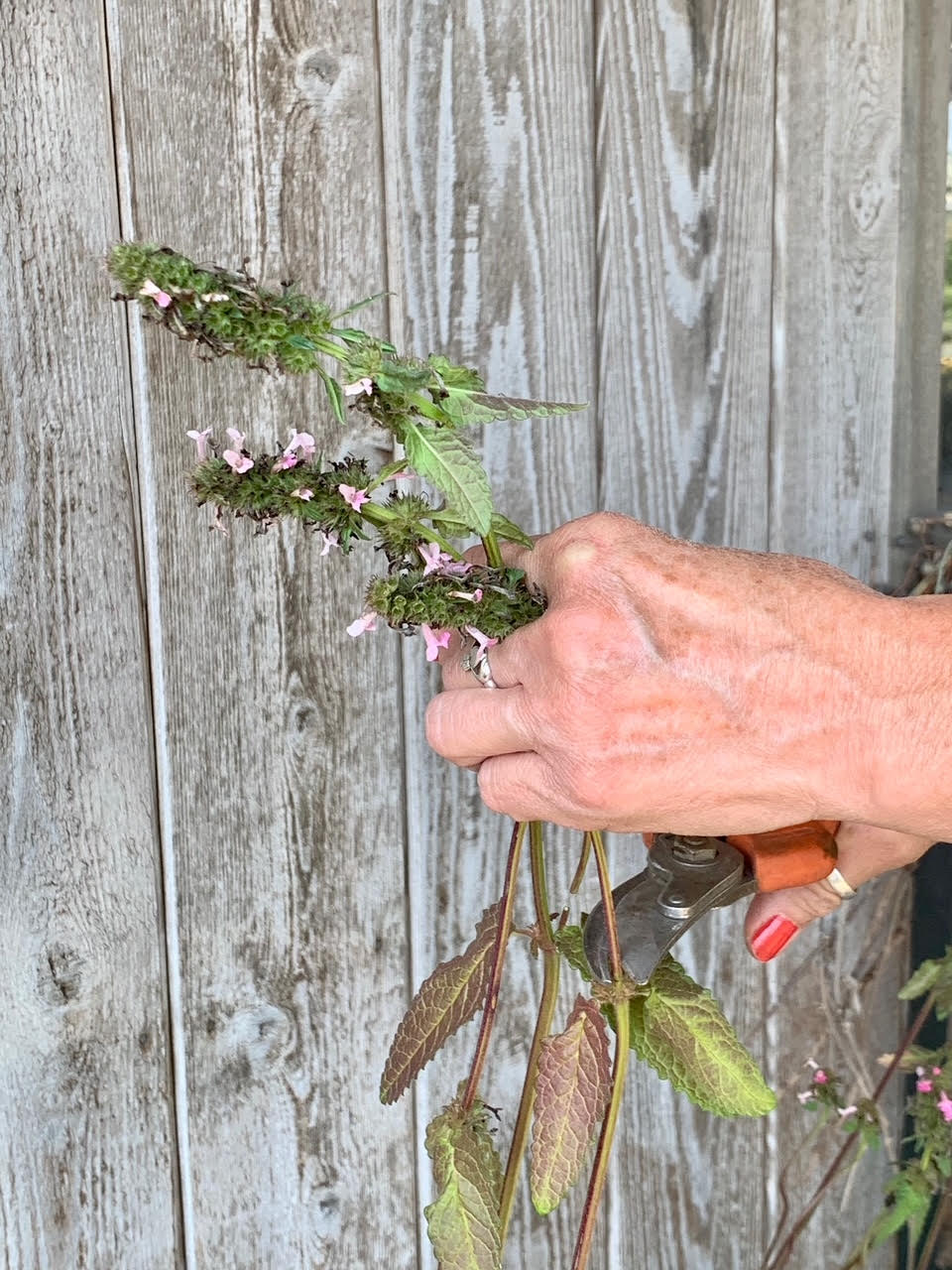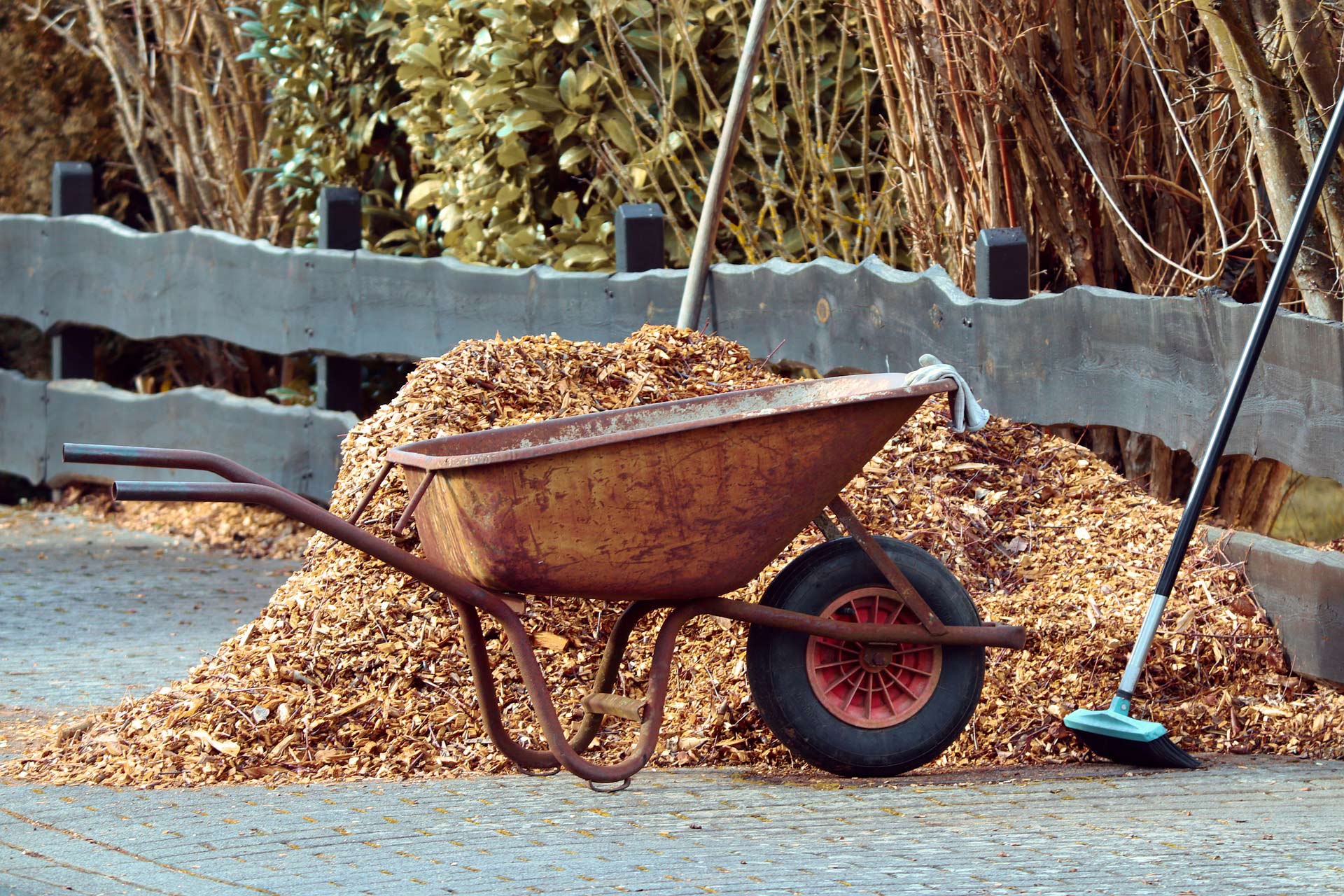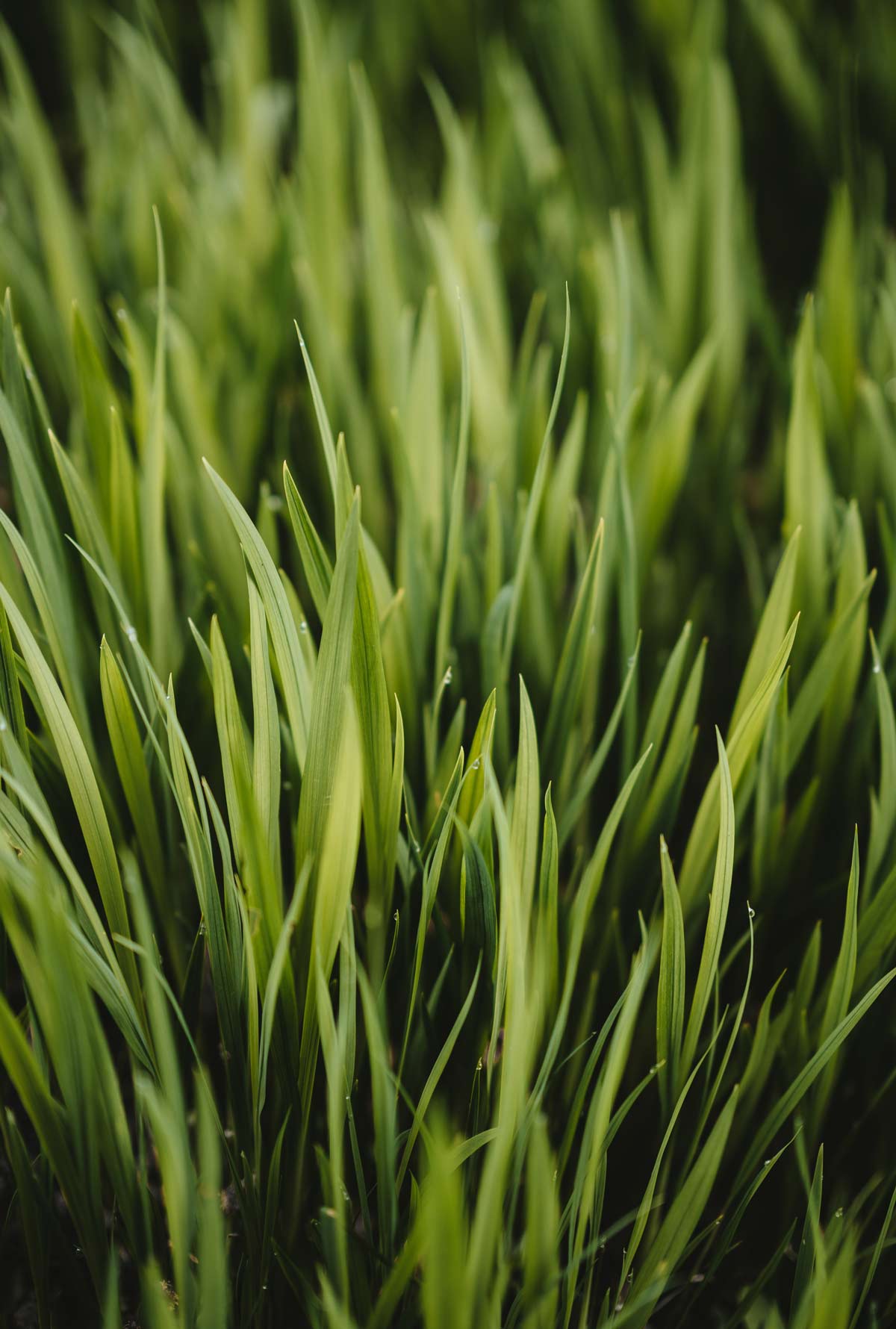
Wisconsin Gardener’s Tips for April 2022
Perennials
Take a look at your gardens and make sure they are clear of debris that will hinder plants from coming back.
For help with spring clean-up give us a call. We will ensure your beds are ready for an amazing summer season.
Shrubs
Some shrubs such as hydrangeas can be pruned in the early spring without affecting the seasons blooms.
Feel free to shape and remove last year’s growth. Be sure to double-check what shrubs can be pruned in the spring.
If plants like magnolias are pruned in the spring, buds that formed last year will be removed and it will not bloom.
Trees
Unfortunately, some trees will not make it through the winter, especially a harsh one. If any have died near your house or garage these will need to be removed to prevent them from falling and damaging the structures.
Lawn
Spring is here! Well hopefully anyway, now is the time to start spring clean-up. Consider cleaning up dog waste and sticks now, even if it snows again, you will not regret spreading out the workload.
When cleaning keep an eye out for dead spots that may need to be reseeded. Pull out your lawnmower and check the blades! If you mow your own lawn blades need to be sharp for the best cut.






